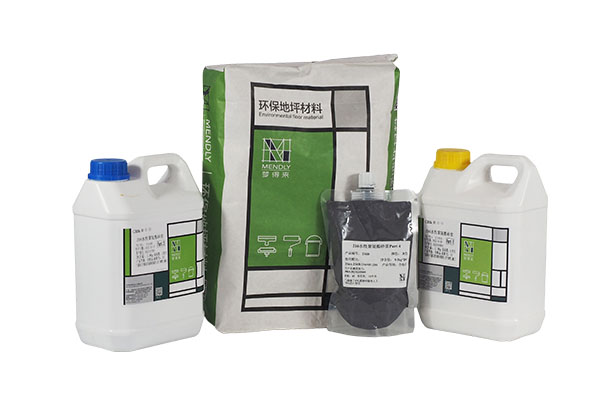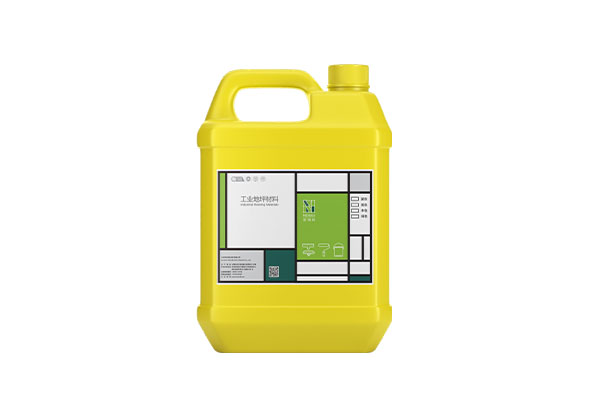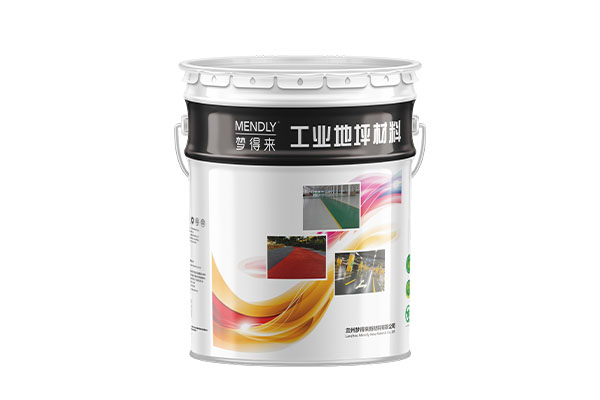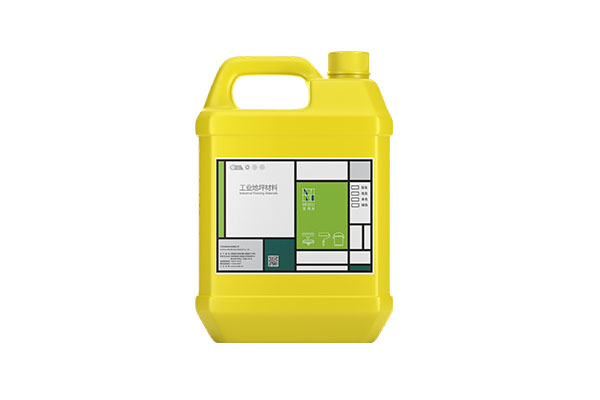How to determine the coating thickness and number of coating passes of solvent-free epoxy topcoat?
Release Time : 2025-03-18
The determination of the coating thickness and number of coating passes of solvent-free epoxy topcoat is a comprehensive consideration process involving multiple factors.
The coating thickness of solvent-free epoxy topcoat is usually determined according to the use environment and coating performance requirements. In general industrial applications, the coating thickness usually ranges from tens of microns to hundreds of microns. Thicker coatings can provide better corrosion resistance and mechanical strength, but may also increase costs and construction difficulties. Therefore, when determining the coating thickness, factors such as coating performance, cost, construction conditions, and substrate characteristics need to be considered comprehensively.
The number of coating passes directly affects the coating thickness. Solvent-free epoxy topcoat usually requires multiple coatings to achieve the required coating thickness. The number of coating passes depends on the film thickness of a single coating and the requirements for the total coating thickness. During the coating process, each layer of coating should be ensured to be uniform and without missing coating to avoid degradation of coating performance. At the same time, too many coating passes may increase construction time and cost, so it is necessary to reasonably determine the number of coating passes while ensuring coating performance.
Substrate preparation is an important step before solvent-free epoxy topcoat coating. The cleanliness, roughness and dryness of the substrate will affect the adhesion and coating thickness of the coating. If the substrate is not properly prepared, it may cause problems such as poor adhesion between the coating and the substrate and uneven coating thickness. Therefore, the substrate should be fully cleaned, sanded and dried before determining the coating thickness and the number of coating passes.
The coating properties of solvent-free epoxy topcoat, such as viscosity, solid content and curing speed, will also affect the determination of coating thickness and the number of coating passes. Coatings with higher viscosity may require more thinner to adjust the application viscosity, which will affect the number of coating passes and coating thickness. Coatings with higher solid content can form thicker coatings, but may also require more coating passes to achieve the desired coating properties. Coatings with faster curing speeds may need to be applied in a shorter time, which limits the choice of coating passes.
Construction conditions, such as temperature, humidity and ventilation conditions, will also affect the coating thickness and number of coating passes of solvent-free epoxy topcoat. Construction in high temperature, high humidity or poorly ventilated environments may result in poor coating drying, incomplete curing or reduced coating properties. Therefore, when determining the coating thickness and the number of coating passes, the influence of construction conditions should be fully considered, and corresponding measures should be taken to improve the construction environment.
Different application scenarios have different requirements for the coating performance of solvent-free epoxy topcoat. For example, in a highly corrosive environment, a thicker coating is required to provide sufficient corrosion resistance; while in situations where mechanical impact or wear is required, the coating needs to have higher hardness and wear resistance. Therefore, when determining the coating thickness and the number of coating passes, the selection should be made according to the coating performance requirements of the specific application scenario.
The determination of the coating thickness and the number of coating passes of solvent-free epoxy topcoat is a comprehensive consideration process involving multiple factors. When determining, factors such as the use environment, coating performance requirements, cost, construction conditions, and substrate characteristics should be fully considered. At the same time, reasonable adjustments and optimizations should be made according to the performance characteristics of the coating. The final coating thickness and the number of coating passes should be able to meet the needs of the application scenario and have good economy and construction performance.







